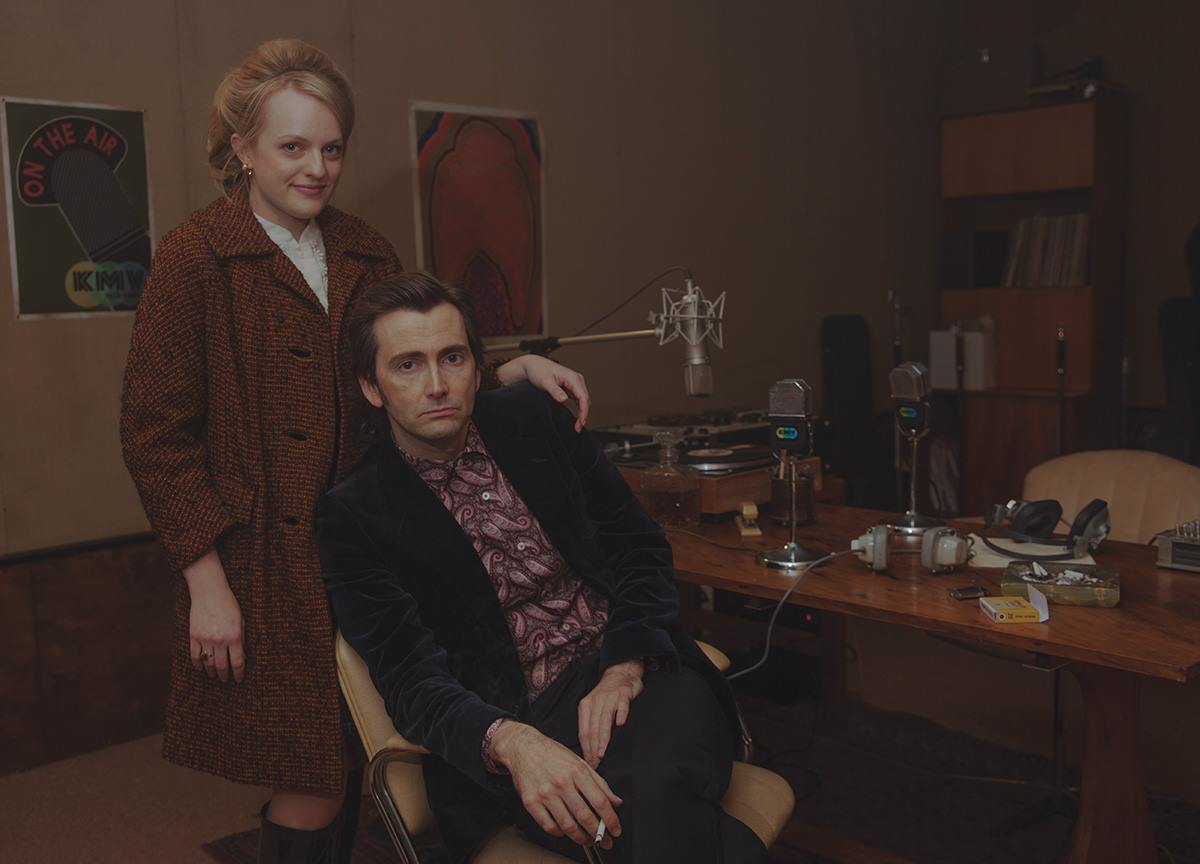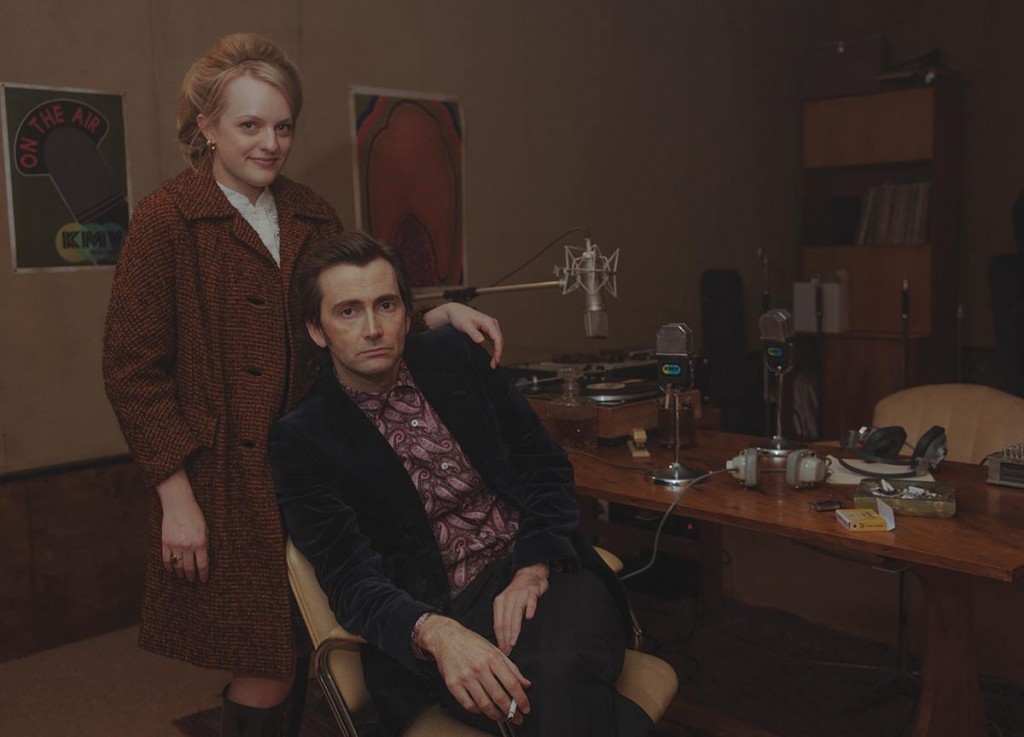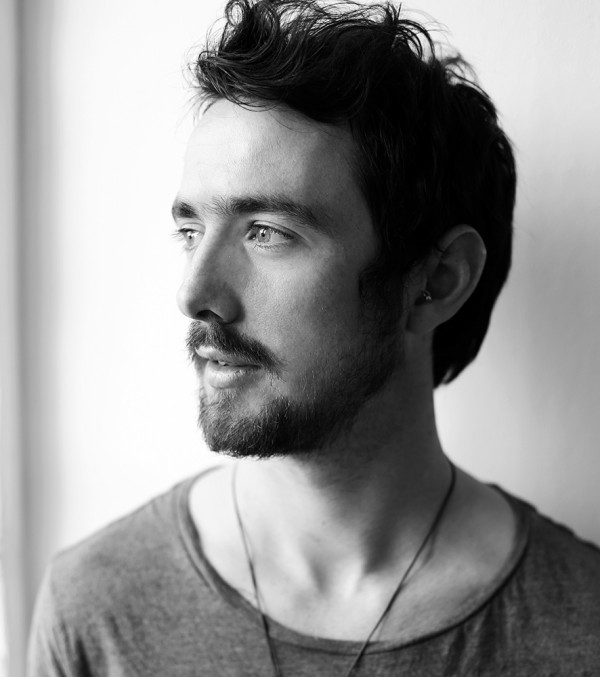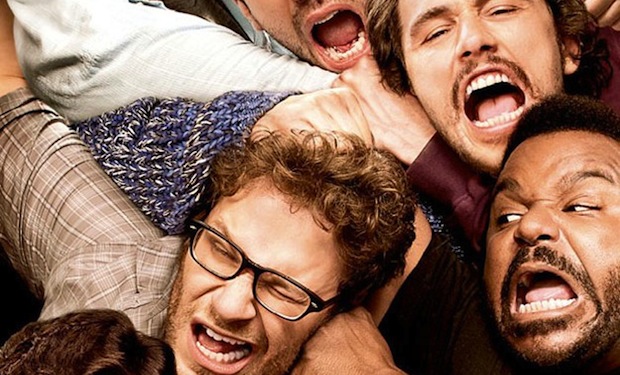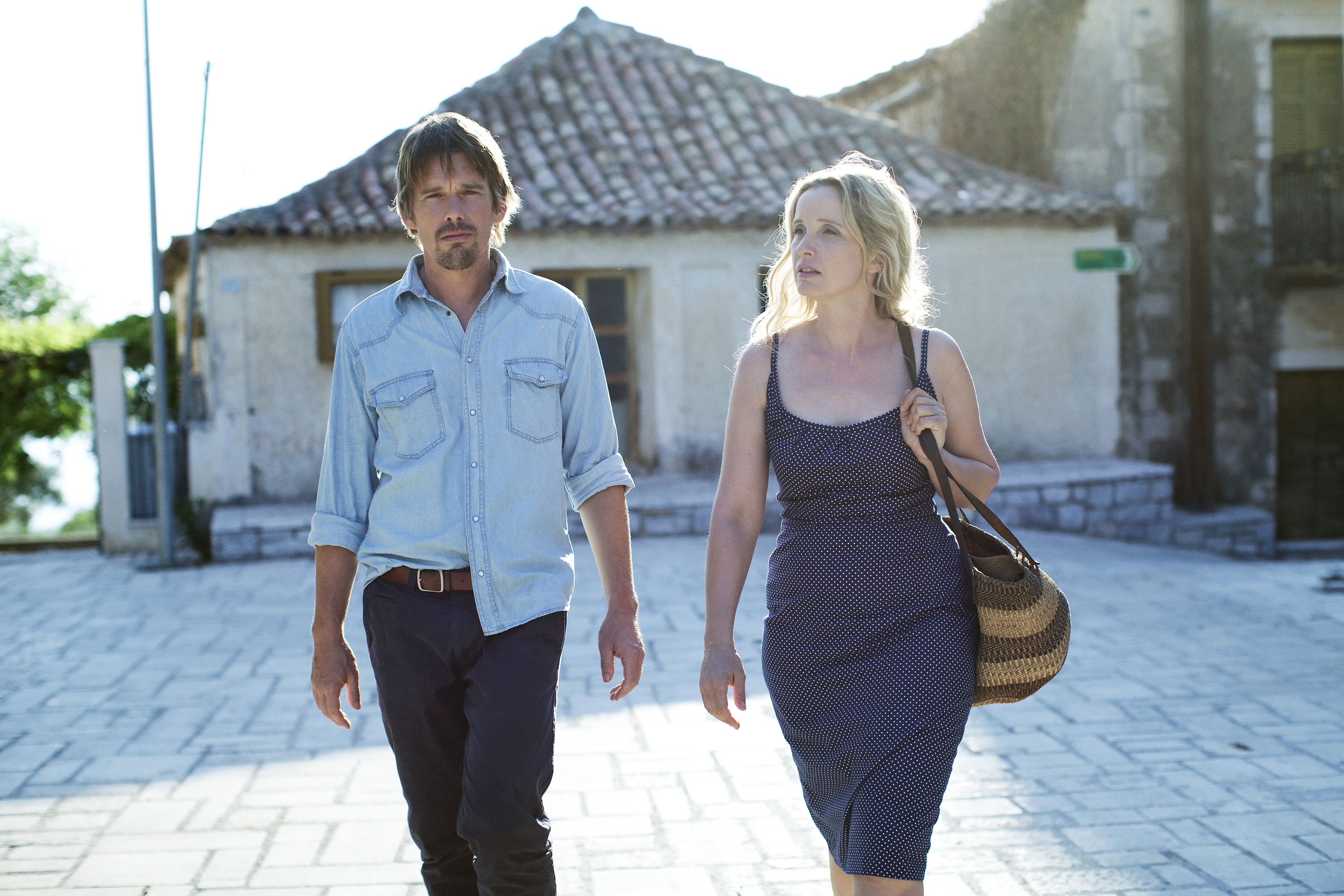There is a scene in Robert Mullan’s Mad To Be Normal, a biopic of the Scottish psychiatrist R. D. Laing (played by David Tennant), in which the controversial figure is being interviewed on American radio during one of his promotional cross-Atlantic trips. While the room’s young, rapt audience look on, the broadcaster introduces Laing with a string of hyperbolic accolades, calling him an “acid Marxist” and, outrageously, a “white Martin Luther King”, whose revolutionary approach to treatment has enamoured the 60s counter-cultural spirit, and guaranteed him a spot on every dorm room bookcase in the United States. Eager for a soundbite, the interviewer asks Laing what he “wants to say to America”; Laing just rolls his eyes at the bullshit. Like Laing, the film has a healthy skepticism towards the character’s rock star status, but still can’t seem to figure out what to do with him.
Laing is the household head and general ringmaster of Kingsley Hall, a London treatment space that doesn’t believe in medication or the conventional approaches of the psychiatrist profession. In its place Laing and his helpers advocate communication, empathy, the shared experience of living together, and occasional doses of LSD. It’s utopian in its own way, but against the violent, untested electroshock therapy being doled out elsewhere, it seems positively humane. Current patients there include Gabriel Byrne and Michael Gambon: Byrne is a rumpled, red-eyed schizophrenic increasingly prone to spouting lines from Revelations; Gambon is desperate to overcome traumatic childhood memories. Into Laing’s orbit is drawn a graduate student from Colombia, Angie (Elisabeth Moss), an admirer of his work and, quite quickly, his lover.
Tennant, in colourful shirts and blazers and Wolverine-style licks, has fun with Laing’s barnstorming speeches and pithy dismissals of medical orthodoxy. He leans into those slightly cheap verbal reversals that disruptive figures are fond of, lambasting the insanity of regular man and preaching that “maybe madness isn’t a breakdown but a break through”. The film takes his radicalnesss for granted, not really establishing a context in which to understand it beyond “it’s the 60s and a bunch of mad shit was going on”. When we see other professionals, in their bowties and thick glasses, they react to Laing with a cliched, buttoned-up scorn: one accuses him of being “highly controversial and unprofessional”, which, really, is kind of the point.
When Laing isn’t strutting, his common compassion is engaging. He’s most interesting when forced to confront moments of failure and doubt, as the ethical and ideological ambitions of his little madhouse come under strain, and family distress derails his personal life. Much of the vulnerability comes from Moss’ Angie who, over time, finds herself overshadowed and under-appreciated by Laing, tearfully confessing her terrifying ordinariness to a sympathetic patient. The film is marked by a kind of ordinariness; like Angie, it’s hard not to become a little impatient with Kingsley’s muted, stifling atmosphere. With its limited aesthetics, the movie feels like a TV production much of the time, down to occasionally over-ripe dialogue from Mullan and regular collaborator Tracy Moreton (“I don’t know who you are anymore!” Angie tells Laing in the final days of their romance). Mad To Be Normal is an interesting period snapshot of ideas in flux, but could have done with a bit more madness, a little less normal. Conor Smyth
Mad To Be Normal is released in the UK on 6th April. For more on the Belfast Film Festival follow our regular blog.

